The Japanese boxing community is reeling from a second tragedy within a week after 28-year-old featherweight boxer Hiromasa Urakawa died on Saturday, succumbing to severe brain injuries sustained during his fight against Yogi Saito on August 2 at Tokyo’s historic Korakuen Hall. His death comes just a day after the passing of fellow Japanese fighter Shigetoshi Kotari, who also suffered fatal head trauma in a bout held on the same fight card.
Urakawa’s death has sent shockwaves through the sporting fraternity, with the Japanese Boxing Commission (JBC) calling an emergency meeting on Tuesday to address growing concerns over safety in the ring.
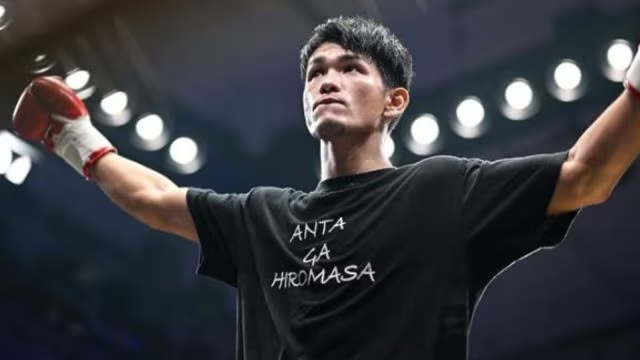
The-Japanese-boxing-community-is-reeling-from-a-second-tragedy-within-a-week-after-28-year-old-featherweight-boxer-Hiromasa-Urakawa
Two Tragedies, One Night of Boxing
The August 2 event at Korakuen Hall — typically known as a breeding ground for rising Japanese boxing talent — has now become infamous for two back-to-back deaths.
Urakawa was fighting Saito in an eighth-round contest when he was knocked out. The immediate aftermath saw him lose consciousness, and medical personnel rushed him to a hospital. He was diagnosed with a subdural haematoma — a life-threatening condition where blood pools between the skull and brain due to severe head trauma. Despite undergoing emergency surgery, Urakawa succumbed to his injuries on Saturday.
Just hours earlier, Japan was mourning Shigetoshi Kotari, who had collapsed days earlier after a grueling 12-round draw against Yamato Hata — also on August 2 — and underwent similar surgery for the same condition. Kotari’s passing on Friday had already sparked intense scrutiny into the safety protocols of professional boxing in Japan.
Both fighters had been on the same fight card, raising uncomfortable questions about matchmaking, fight lengths, and medical preparedness.
Fighter Records and Careers Cut Short
Hiromasa Urakawa entered the bout against Saito with a professional record of 10 wins (7 by knockout) and 4 losses from 14 fights. Known for his aggressive fighting style and knockout power, Urakawa was seen as a dangerous contender in Japan’s featherweight division.
Shigetoshi Kotari, on the other hand, had fought 12 professional bouts with 8 wins, 2 losses, and 2 draws — five of those wins coming via knockout. His fight with Yamato Hata was considered a test of endurance and skill, but it turned into a brutal contest that proved fatal.
Both men were in the physical prime of their careers, making the tragedies even more devastating for fans and fellow boxers.
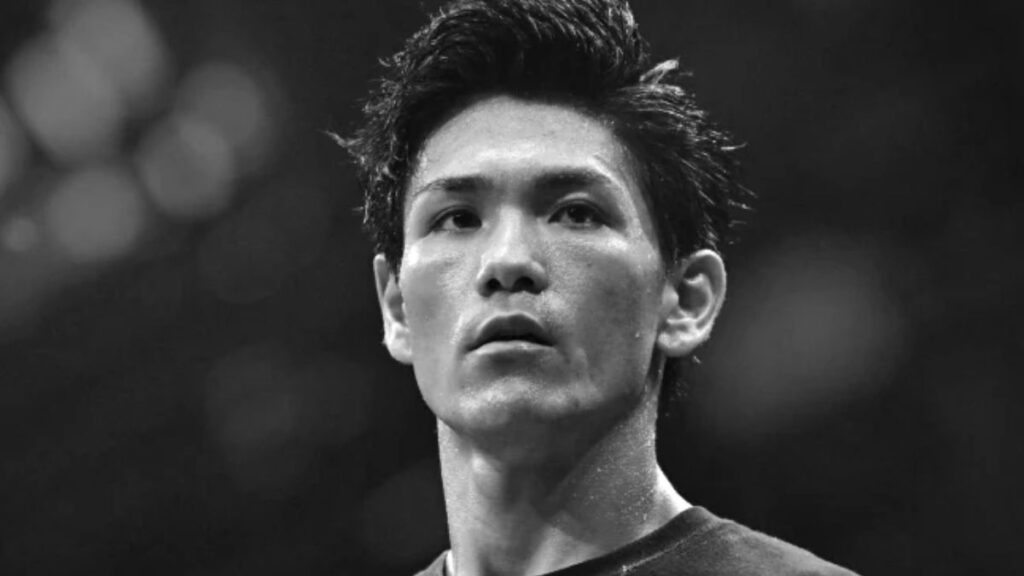
Hiromasa-Urakawa-entered-the-bout-against-Saito-with-a-professional-record-of-10-wins
World Boxing Council and JBC Respond
In an official statement, the World Boxing Council (WBC) expressed grief over Urakawa’s death:
Following Kotari’s death, the JBC had already announced immediate changes — specifically, reducing all Oriental and Pacific Boxing Federation (OPBF) title bouts from 12 rounds to 10 rounds. This rule change was intended to mitigate risks from prolonged exposure to heavy punches, but Urakawa’s death came before any real assessment of its effectiveness could be made.
Tsuyoshi Yasukochi, secretary-general of the JBC, addressed the media on Sunday:
Medical Perspective: Why Subdural Haematomas Are Deadly in Boxing
Both Kotari and Urakawa died from subdural haematomas — a type of brain bleed often seen in combat sports due to repeated or severe blows to the head. This condition can cause rapid swelling of the brain, increased intracranial pressure, and death if not treated promptly.
In both cases, the fighters underwent craniotomy — a surgical procedure in which part of the skull is removed to relieve pressure and allow doctors to repair blood vessel damage. Despite swift medical intervention, the severity of the injuries proved too great.
Medical experts have long warned that even with modern safety protocols, boxing inherently carries a high risk of brain trauma. The repeated acceleration and deceleration of the brain inside the skull during punches — particularly to the temple and jawline — can cause blood vessels to rupture.
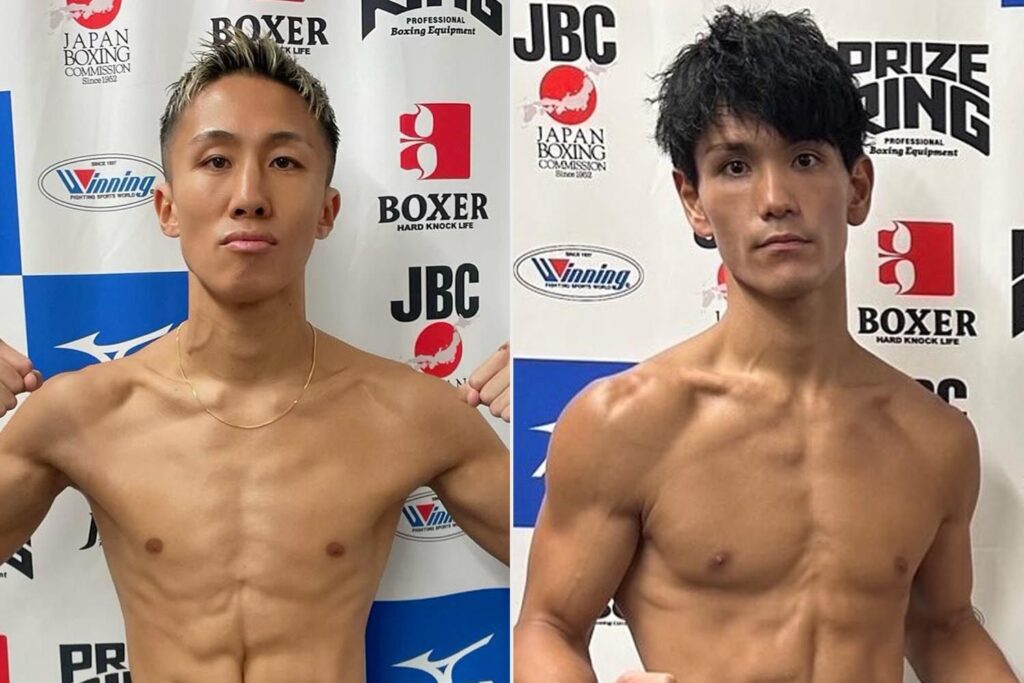
This-condition-can-cause-rapid-swelling-of-the-brain-increased-intracranial-pressure-and-death-if-not-treated-promptly.
A Pattern of Tragedies in 2025
Urakawa’s death is the third high-profile boxing fatality of 2025. Earlier in February, Irish boxer John Conley died after suffering an intracranial haemorrhage in his fight against Nathan Howells of Wales. Conley’s passing sparked conversations in European boxing circles about mandatory neurological screenings and shorter fight formats.
Now, with two deaths in Japan within days — both on the same event card — the calls for systemic reform are becoming impossible to ignore.
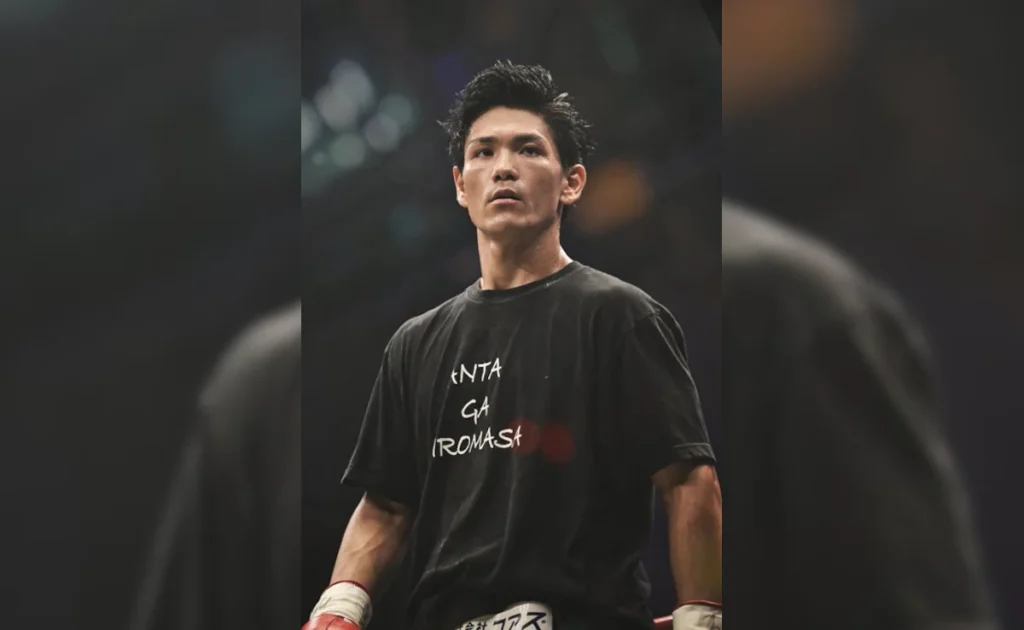
Urakawa’s-death-is-the-third-high-profile-boxing-fatality-of-2025
Emergency Meeting and Safety Reforms
The JBC had originally planned to hold a safety review meeting in September, but given the urgency of the situation, the meeting has been moved forward to Tuesday, August 12. Officials are expected to discuss:
There are also discussions about limiting the number of consecutive rounds in which heavy blows are exchanged without referee intervention, a concept some have dubbed the “Cumulative Damage Rule.”
Impact on the Japanese Boxing Scene
Japan has a proud boxing history, with champions like Naoya Inoue, Kosei Tanaka, and Kazuto Ioka earning global respect. The sport enjoys strong fan support, with Korakuen Hall in Tokyo often hosting sold-out events.
However, these two deaths risk casting a long shadow over the sport’s domestic reputation. Promoters, trainers, and fighters now face heightened public scrutiny, with critics arguing that boxing’s culture of endurance and “warrior spirit” may be coming at too high a cost.
Fans have also taken to social media to demand stricter safety protocols, with many calling for mandatory headgear in training and fewer professional rounds, especially for fighters under 30 with long amateur careers.

The-sport-enjoys-strong-fan-support-with-Korakuen-Hall-in-Tokyo-often-hosting-sold-out-events
Global Reactions and Calls for Reform
The tragedy has sparked international conversation. Fighters from around the world have expressed condolences while urging for change. Some notable reactions include:
-
Manny Pacquiao (retired world champion): “Two young lives gone too soon. We must prioritize the safety of fighters above all.”
-
Katie Taylor (Irish undisputed lightweight champion): “Every boxer knows the risks, but the sport owes them the best protection possible.”
-
Eddie Hearn (promoter): “We need a serious global review of safety standards. This cannot keep happening.”
International boxing bodies may soon face pressure to harmonize safety rules worldwide to prevent regional variations that could put fighters at risk.
A Sport at a Crossroads
The deaths of Hiromasa Urakawa and Shigetoshi Kotari are a stark reminder of boxing’s dangers — a sport built on skill, courage, and resilience, but one where the line between triumph and tragedy is often perilously thin.
As the JBC meets this week, the boxing world will be watching closely. Whether the sport can adapt and evolve its safety standards to protect its athletes — without diluting the essence of competition — will determine its future reputation in Japan and beyond.
For now, two promising careers have ended far too soon, and an entire sporting community mourns.
Click here to watch more!




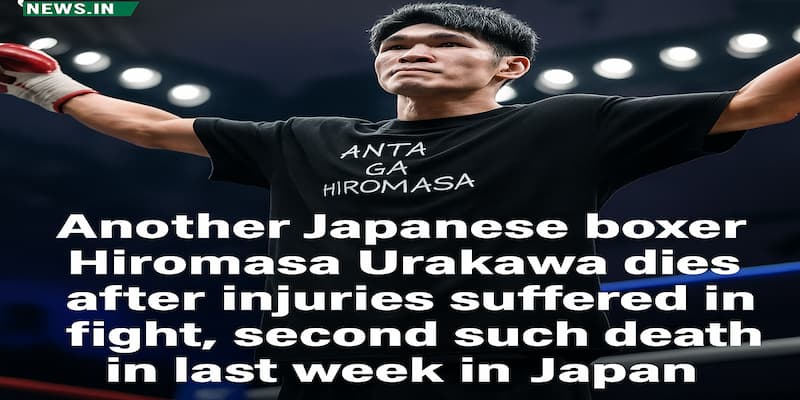
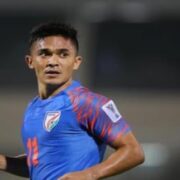







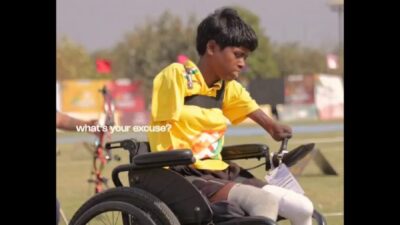
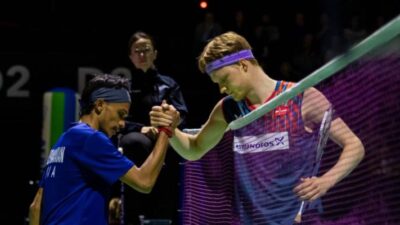



Comments